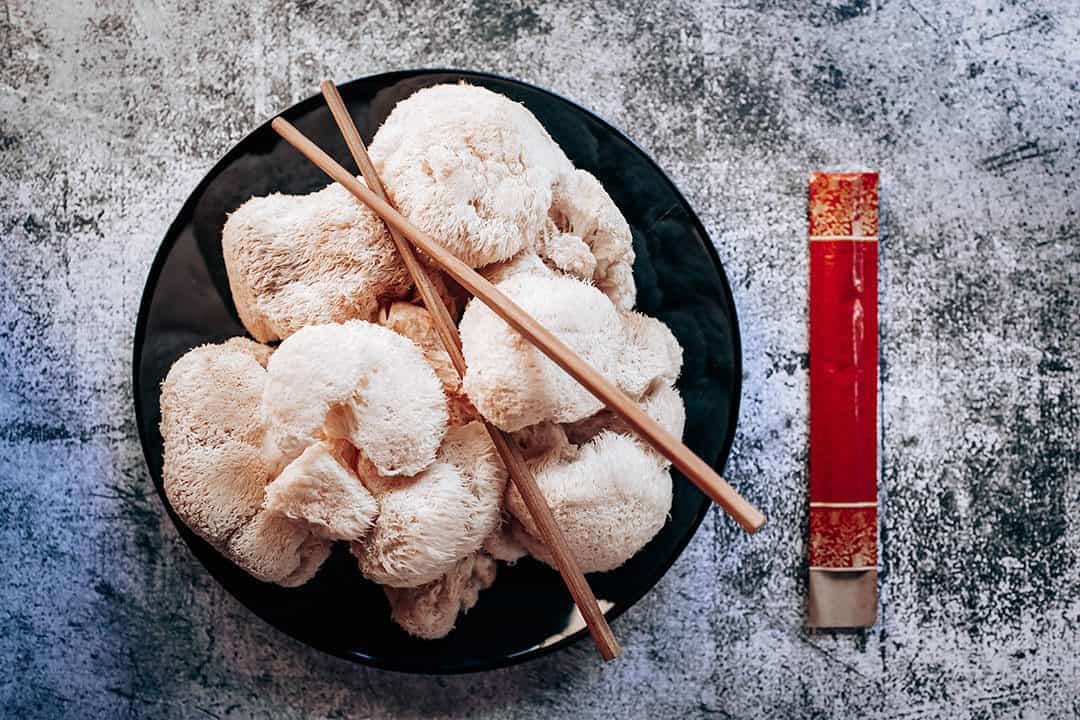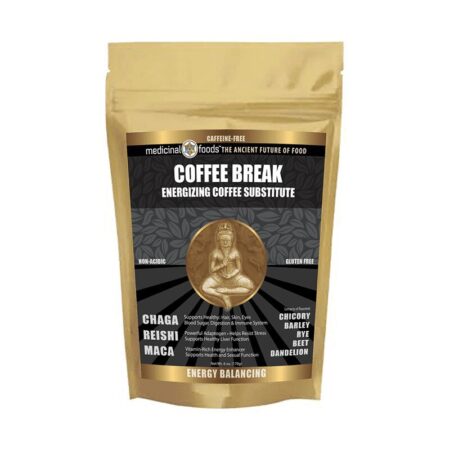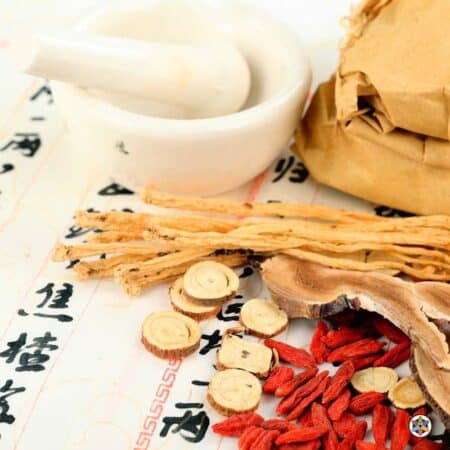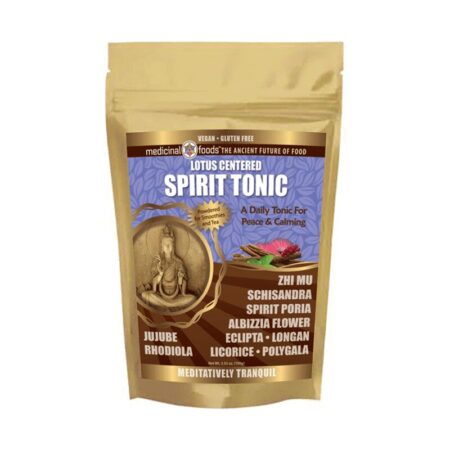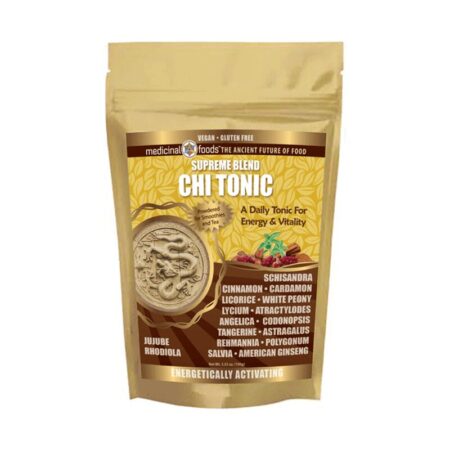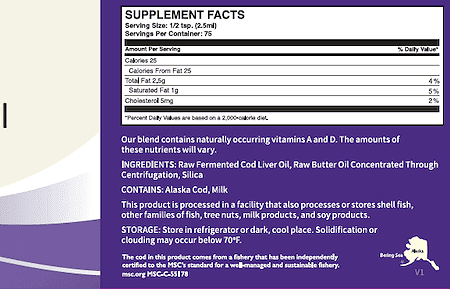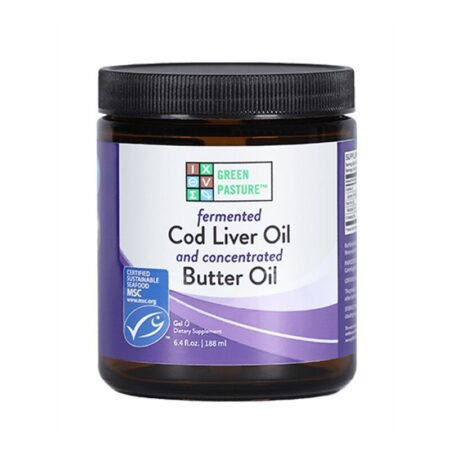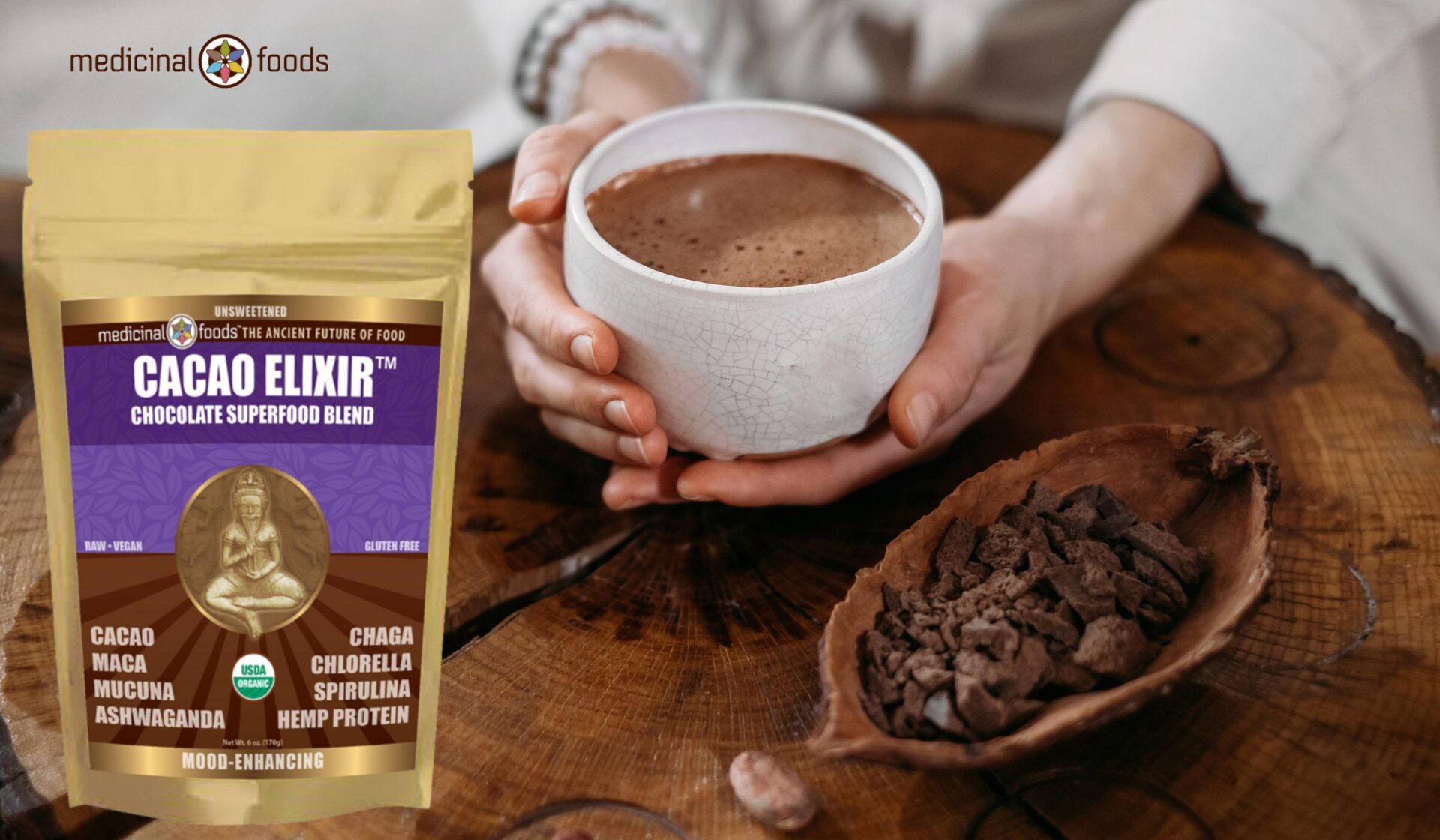If you’ve been hearing about this popular fungus and looking for a lion’s mane mushroom recipe, you are not alone!
This fungus, also known as a lion’s head mushroom, is frequently utilized in vegetarian and vegan dishes.
It’s delicious and has a great hearty and firm texture, much like a crab.
It’s mild in taste and a fantastic way to bring the other ingredients into your dish.
It’s pretty simple to prepare once you get the hang of it, so keep reading to discover more about this unique fungus and what you can do with it.
Lion’s mane recipe
It is a fungus with a unique appearance and earthy flavor popular among foragers.
It is available in various colors; however, it is mostly white with varying orange or yellow tints.
Its texture is firm and chewy, which is perhaps why it gets so popular in recipes because of how delicious it tastes.
The fungus appears to be a large ball with numerous thin hair strands coming off of it.
It is commonly found in a large cluster, although you might notice numerous clusters together if you see them out in the wild.
It grows on conifer and hardwood trees in late summer, fall, or early winter.
It’s native to Canada, North America, and Asia, but it has been spread worldwide owing to its distinctive nature.
For an exciting project, go out to a wild preserve with the children and pick this kind of fungus for eating.
The health benefits
It may be helpful for dementia
As you become older, your brain loses cells and develops new connections slower.
This is most likely why older adults have worse mental abilities.
According to research, it includes compounds that may promote brain cell development.
It may be the answer to preventing Alzheimer’s disease in animal studies.
For research with mice, the extracts of this fungus were found to decrease memory loss and protect brain cells from damage.
There are no human studies on its potential health benefits for people with Alzheimer’s, but the improvement in cognitive performance for animals is encouraging.
Helps boost immunity
You probably already know that a strong immune system protects you against a wide range of illnesses.
However, if your immunity is floundering, you are more vulnerable to illness caused by invasive germs and viruses.
It increases the activity of the intestinal immune system in animals.
This might be achieved by influencing the gut bacteria in a good way.
It might help with cancer
Cancer is a horrible disease that causes DNA damage and uncontrolled cell division.
There is a lot of interest in it because it contains certain unique and potent chemicals.
When researchers combine its extract with human cancer cells in test tube experiments, the cancer cells die immediately.
However, while more research is needed, it’s certainly good news.
Furthermore, the study indicates that it may also aid in preventing cancer spread.
The mice fed its extract had a decreased incidence of cancer spread when tested in mice with colon cancer.
Minimizing inflammation in the body
Chronic inflammation and oxidative stress are the two main causes, especially cancer, heart illness, and autoimmune diseases.
They contain anti-inflammatory and antioxidant chemicals that could help you avoid developing these illnesses.
They have the fourth-best antioxidant capacity of 14 different species, making them an excellent source of antioxidants.
In animal research, it reduced inflammation and oxidative stress markers.
The researchers are still studying its potential benefits for reducing inflammation and oxidative stress.
Still, because it’s a delicious mushroom, there’s no reason not to include it more frequently on your plate.
It alleviates depressive and anxiety symptoms
In today’s world, it’s easy to understand why so many individuals suffer from depression and anxiety.
However, there are various reasons why they might appear.
One of the fascinating findings is that chronic inflammation might be blamed.
According to studies on mice, its extract has been shown to have anti-inflammatory properties that may help with anxiety and depression symptoms.
They were also discovered in animal testing to have the ability to help repair brain cells and improve hippocampal activity.
This region of the brain aids you in memory recall and emotional reactions.
These are animal trials, yet it’s heartening because researchers believe that bettering the hippocampus’s function might help with anxiety and depression.
Furthermore, one preliminary research on humans has shown that menopausal women who ate them every day for a month had improved sexual function.
The participants in this research reported feeling less anxious and irritated after ingesting it.
However, they can benefit people who suffer from anxiety or depression, or both.
How to cook it
When harvesting it, it will look like a huge block of cauliflower.
Instead of cutting the cauliflower florets, as you would for broccoli florets, cut them into flat half-inch pieces.
Depending on how big it is, you may be able to make two or three.
They are not only delicious, but their entire structure is edible, so you won’t have to worry about cutting off pieces when preparing them.
Recipes for lion’s mane mushrooms
They are an exceedingly delicious one-of-a-kind fungus!
Here’s a recipe for making this delicious treat:
Ingredients
- 8 ounces of them
- 1 tablespoon butter (or more olive oil for vegan)
- 1 tablespoon olive oil
- ¼ teaspoon garlic powder
- ½ tablespoon soy sauce or tamari
- 1 kosher pinch of salt, plus more to taste
Roast in Oven: Toss cauliflower florets with olive oil, salt, and pepper (or your preferred seasoning).
Place in a medium-sized baking dish and bake at 450°F for 15-20 minutes, stirring occasionally, or until they’re soft and browned.
Pan Sauté: Slice them into pieces and cook over medium heat in a dry skillet for 4 minutes per side or until seared.
Add your favorite sauces and spices to taste.
How does it taste?
One of the most appealing aspects is its delicate, juicy, and tender flavor.
It’s no surprise that individuals have begun to use it more and more for culinary purposes since it has such an umami flavor that can easily be substituted for meat.
The flavor is often compared to seafood, most notably crab or lobster.
How to grow them at home
If you want to try them, you may always cultivate your own.
Kits that contain everything you’ll need to start your own are frequently available from major internet merchants as well as companies specializing in mycelium growth.
The kits usually include a piece of wood or sawdust that has all the spores required to begin developing it.
All it entails is to follow the directions, and in a few weeks, you have them ready to harvest.
However, you may still not comprehend the full scope of its health benefits, but even outside of health claims, they’re a great way to add some interest to your cooking.
Thus, if you have its fan in your family, or if you’re a big fan yourself, Lion’s Mane Mushroom recipe is another delectable fungus that you deserve to give a try.


